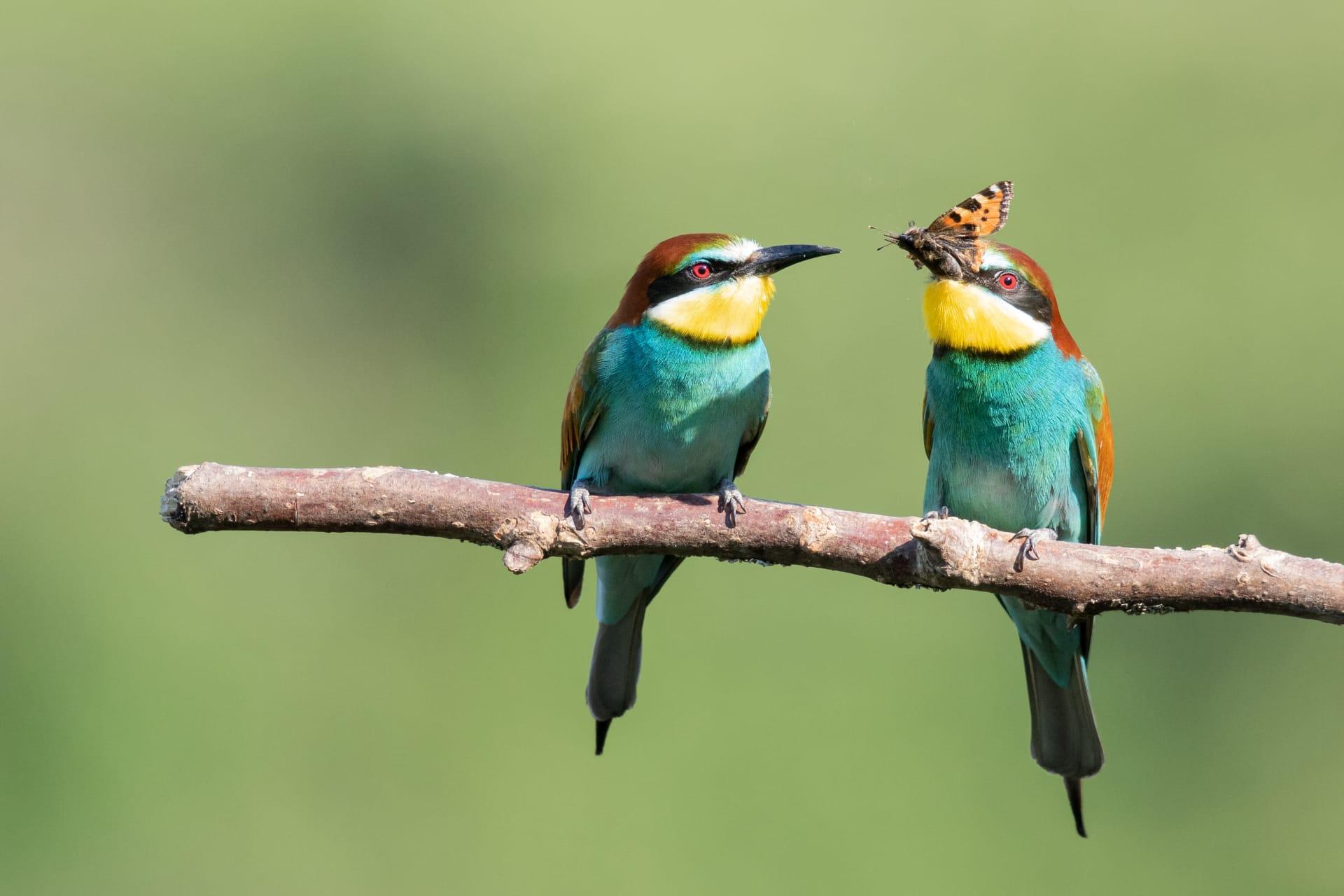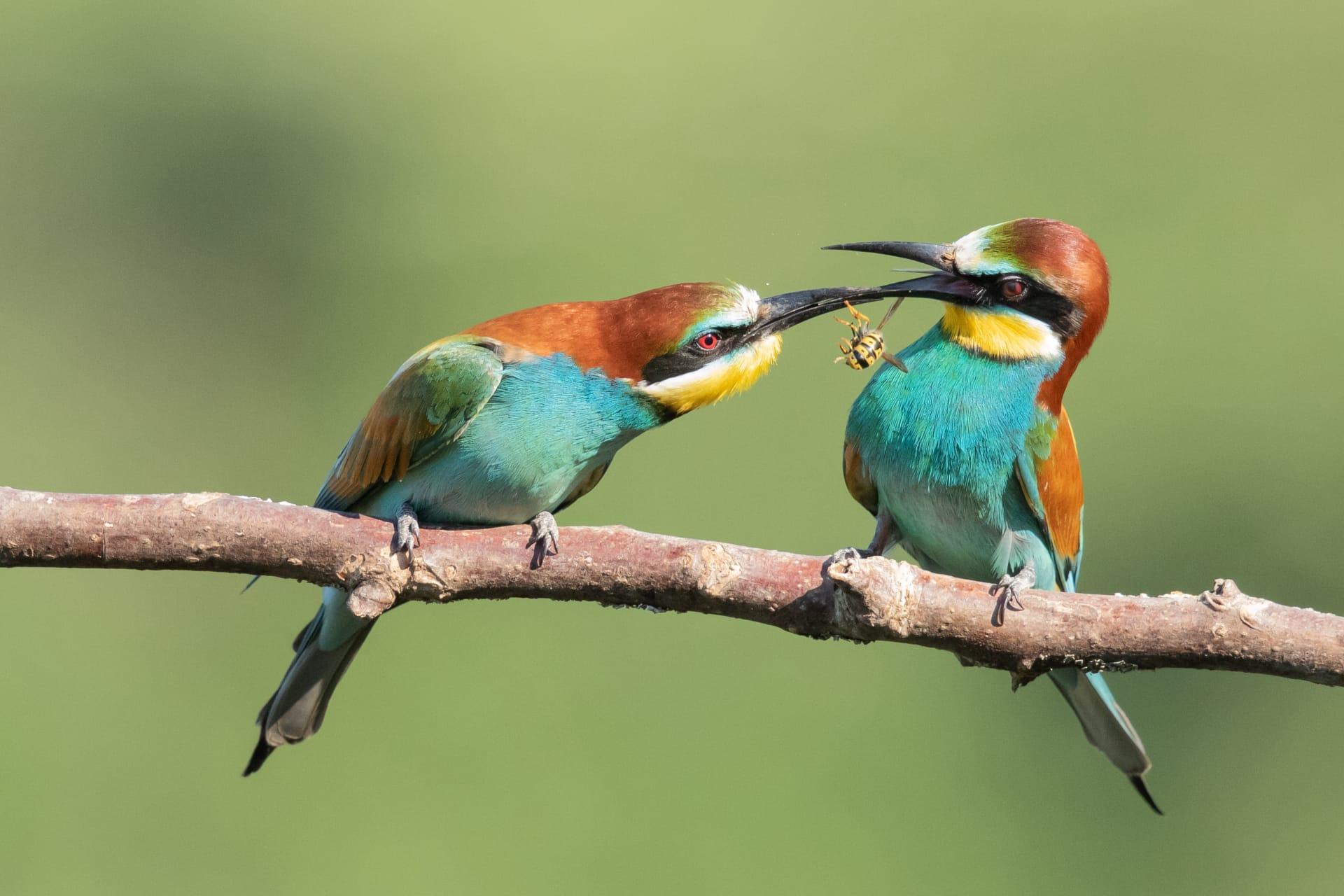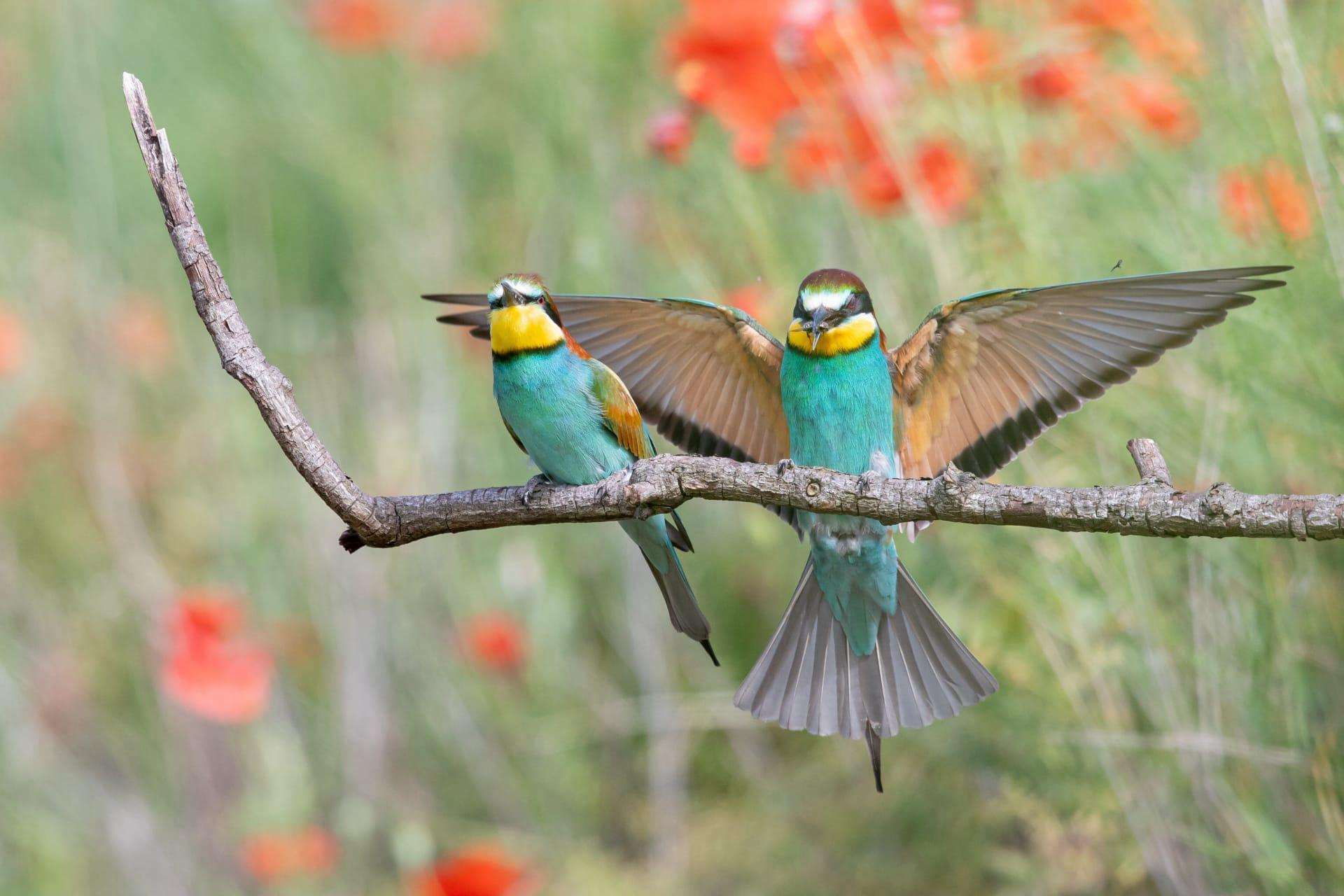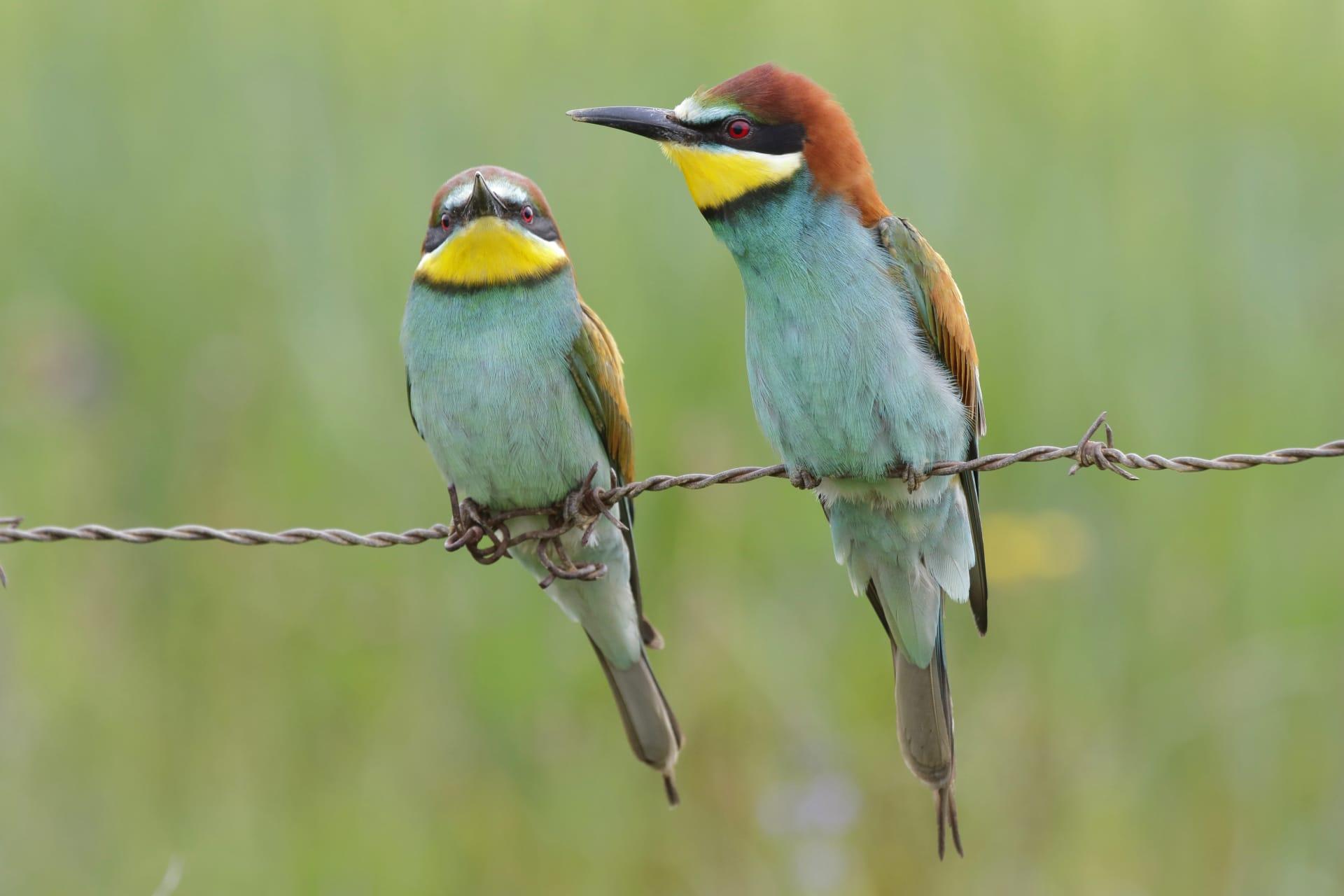Roller Trivia
- Home /
- Trivia Question /
- Animal /
- Roller Trivia
1
Question: What distinguishes the roller bird's flight from other birds?
Answer: The roller bird, specifically the European Roller, exhibits a stunning aerial display characterized by swift, shallow dives and tight turns. During mating season, these birds engage in acrobatic flights with loops and swift rolls, hence their name. Their average speed in flight is about 30 miles per hour, but they can dive at significantly faster speeds.
Question: What's unique about the roller bird's diet?
Answer: Roller birds have a diverse diet, primarily consisting of insects like beetles, grasshoppers, and caterpillars. Interestingly, they are also known to eat small vertebrates, including frogs and lizards. They typically catch their prey in mid-air during flight, a skillful display of their hunting prowess. Additionally, rollers are known to follow wildfires to feast on fleeing insects, showcasing their adaptability.

2
Question: Is it true that roller birds can mimic sounds?
Answer: Contrary to some beliefs, roller birds are not known for mimicking sounds like some parrots or mynah birds. Instead, rollers have their unique vocalizations, which include harsh, screeching calls and softer, warbling notes, especially during the breeding season to attract mates or warn off rivals.
Question: Do roller birds migrate in large flocks?
Answer: It's a common misconception that all migratory birds travel in large flocks. Roller birds, particularly the European Roller, migrate in small groups or even alone. Their migration is usually nocturnal, and they travel from Europe to sub-Saharan Africa, covering remarkable distances of up to 7,000 miles in some cases.

3
Question: How do roller birds choose their nesting sites?
Answer: Roller birds, such as the European and Lilac-breasted Rollers, prefer to nest in natural tree cavities or holes left by woodpeckers. They are also known to use rock crevices or even take over abandoned nests of other birds. Interestingly, they rarely modify the site, choosing instead to use it as is.
Question: What role do roller birds play in their ecosystem?
Answer: Roller birds are vital for ecosystem balance. They help control insect populations, which can be pests to crops and spread diseases. Their preference for large insects like beetles and locusts makes them natural pest controllers. Additionally, by occupying tree cavities, they may prevent overpopulation of certain cavity-nesting species, maintaining a healthy balance in their habitats.

4
Question: Can roller birds adapt to changing environments?
Answer: Roller birds are moderately adaptable. While they prefer open woodlands and savannas, some species, like the European Roller, have adapted to agricultural and semi-urban areas. However, they are sensitive to extreme habitat destruction and may struggle in heavily urbanized or deforested areas.
Question: How does the roller bird's coloration benefit it?
Answer: The roller bird's vibrant plumage, ranging from blues, greens, to purples, plays a dual role. It is crucial in mating displays, as brighter colors are often more attractive to potential mates. Additionally, despite their brightness, these colors can be surprisingly effective camouflage in their natural habitats, blending with the foliage and shadows in the trees.

5
Question: Are roller birds solitary or social creatures?
Answer: Roller birds tend to be solitary or found in pairs, especially during the breeding season. They are territorial and will defend their chosen nesting area vigorously. Outside of breeding, they may gather in small groups, particularly during migration, but they do not form large flocks like some other bird species.
Question: How long do roller birds typically live?
Answer: In the wild, roller birds have a lifespan ranging from 5 to 10 years, depending on the species and environmental conditions. Factors influencing their longevity include availability of food, predation pressures, and habitat quality. In captivity, with optimal care, they can live slightly longer, but they thrive best in their natural habitats.